Wheel of Life Assessment – A visual tool to boost satisfaction in your life
I was appalled. The first time I filled out the wheel of life, I felt completely demoralized. Was that really my life? The circle was so small. So lopsided.
I scored myself low and—then low again. And again. The wheel looked horrible.There were just too many low numbers in areas that really mattered to me. I was a bit terrified. Was this my life?
It was a bit of a shock.
Luckily for me, I did my wheel of life assessment as part of an exercise with my Coach. We were able to address some of these low-lying areas of my life and examine them closely. And some, we decided would stay “low.” My wheel—and my life— would remain lopsided and out of balance while we focused on other areas of my life.
What is the Wheel of Life and how to use it
It’s a versatile tool to get a high-level/big picture view of your life of what is working and what isn’t. The wheel is designed to show you the parts in relation to the whole.
Here’s how:
Structure
There are many examples of the wheel of life, but essentially it takes two forms: a cobweb or a pie. And just like those things, the circle or wheel is divided into segments.
These segments are categories that encompass different areas of your life. Most of the time, the wheel will have its own categories, already laid out for you.
Some of the most common areas of life to include on the wheel are:
- Relationships
- Career
- Finances
- Health
- Your environment—at home or at work
- Recreation or fun, and
- Personal development or learning
However, the tool is extremely versatile and customizable.
You can create your own categories to reflect what’s important to you in your life right now, too.
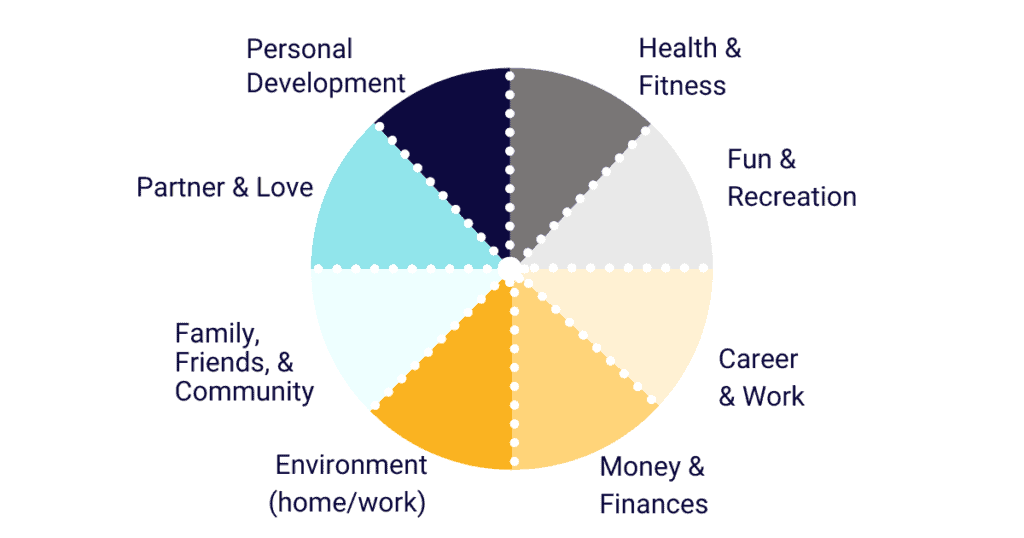
Scoring
Whether a wheel of life looks like a cobweb or a pie depends on how you choose to label your wheel and plot your scores.
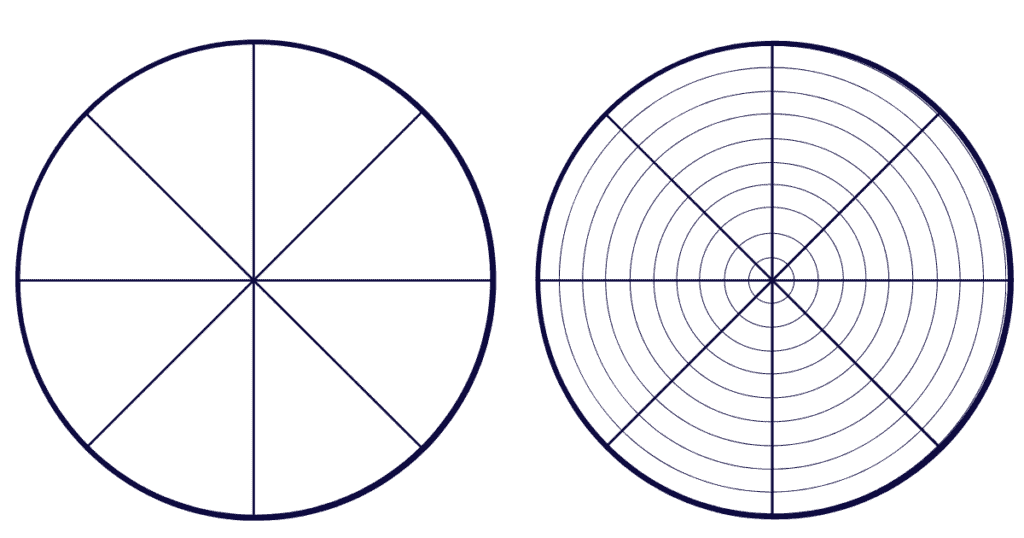
If you fill in the segments between the radii—the “spokes” of the wheel— you will have a pie.
But if you score yourself on the radii——it will look like a cobweb instead.
Important Tip
It’s important to know that when you score yourself, you are in charge. You are the one who gets to define what a “ten” is. For example, a 10 in your kitchen might mean that it is perfectly spotless, while at another stage of life, a 10 might be achieved if the dishes are clean and the counters are clear enough to get supper. Or maybe a “ten” is all the baby bottles and sippy cups are clean and ready to go. You get to decide what is “good enough."
It really is an ingenious tool.
When you finish scoring, depending on how your wheel is laid out, you’ll have something that looks like someone is eating a pie from the center outwards …or a strange looking spider web.
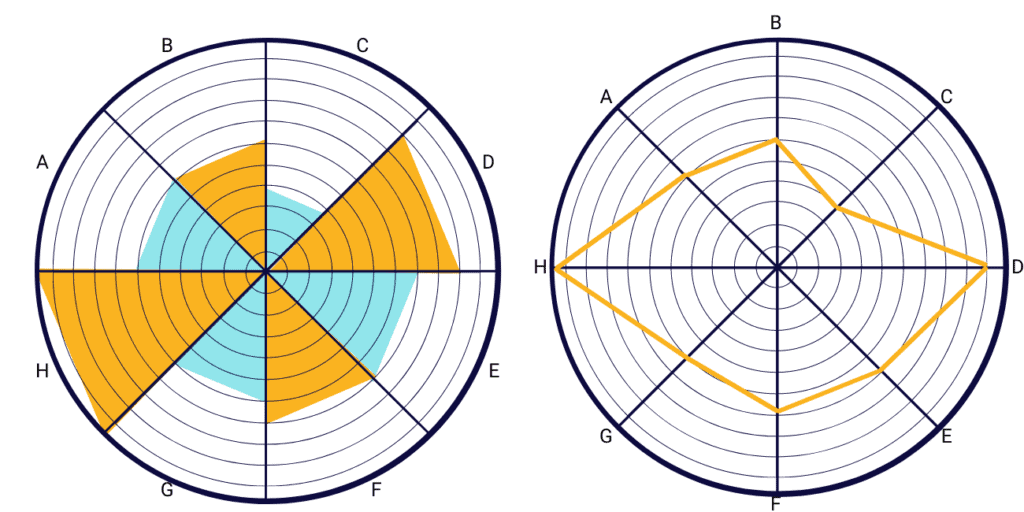
Be Compassionate
When you are scoring, it’s best to be gentle with yourself. Use that compassion trick and think of yourself as you would of a dear friend whom you know really, really well. As you would be with them, you want to be generous with yourself when you fill it out, not harsh.
You also want to practice self-compassion as you assess it when you’re done, too.
Using the Wheel of Life for self-assessment
Get a snapshot of your integrity. Does your life reflect what you value?
Label your segments or radii with the areas of life that are most important for you right now. This step calls out/identifies what’s important to you.
Then, score yourself on how satisfied you are with those areas of your life.
There will either be dots on the radii, or whole chunks of pie marked off. And once you connect the dots, there will be some sort of shape on your wheel of life. What does it mean?
If it truly reflects how you want to be living your values right now, then all good. But if not, now you know you are out of alignment—and you may want to hire a coach for that!
- What does this resulting shape say about your life?
- Anything useful?
- If you do score low in one area relative to the others: what does that mean? Should you do anything about it? What about balance?
But sometimes, even though the resulting shape may look horrible, it may not matter.
Using the Wheel of Life to assess for whole life balance: does the wheel reflect the balance (or imbalance) of your life?
What does it mean to have work/life balance? Is it something you should always have? If not, then how much “imbalance” is OK? How much is too much?
Let’s talk about balance for a sec:
In the design world, there are two main types of balance: symmetrical and asymmetrical.
Symmetrical balance exists when there is a mirror-like replication of parts around a visual axis. One side looks like the other. Though our faces aren’t technically symmetrical, it’s the easiest example to think of.

Asymmetrical balance occurs when objects of different size and weight are placed relative to a visual axis in such a way as they are balanced.

A wheel is subject to radial balance which is just a sub set of symmetry. Radial balance occurs when each part that radiates from the centre is equal to the other parts. Here are some examples:

But does a wheel actually represent the balance that does or does not exist in your life? Let’s look at this example:
Is this a balanced life?
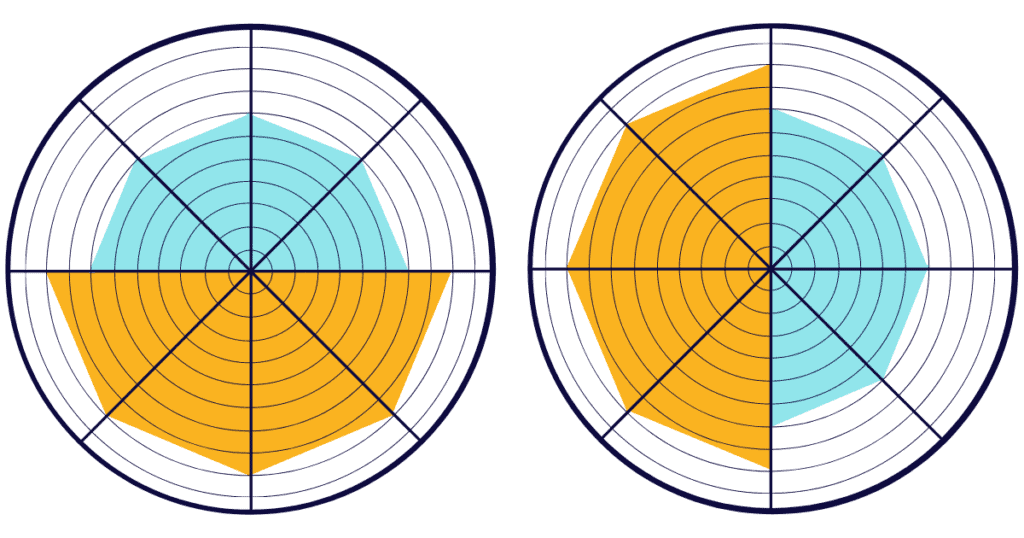
Using the Wheel of Life to choose to be out of balance
Sometimes, you may find yourself in seasons of life that —by their very nature— will knock you out of balance. The first year of living with a newborn, for instance, comes to mind. You’ll probably be somewhat sleep deprived for a while—and you’ll score low in areas of your life affected by sleep. And that’s OK. That doesn’t mean you shouldn’t try to improve your chances for good sleep: it just means this part of your life may have to give way for a bit.
Other times, you may choose to be unbalanced. Not all areas of life are of equal weight all the time. The pursuit of some goals require big chunks of time and intense focus, like starting a business, or training for a race. There are many examples of deliberately choosing to be out of balance.
Do you want to lose 30 pounds? What effect will that goal have on the rest of your life? Will it help your relationships, or hinder them? What impact will this have on your financial goals? If you have to find the time to meal plan, grocery shop and cook, what other things will have to give way?
The important thing here is the awareness the wheel brings to your life under these circumstances. You can use the wheel to assess the impact the goal may have on the other areas of your life.
Any time you need to assess a part in relation to the greater whole, the wheel of life is a useful tool.
So far, we’ve been talking about the wheel as an assessment and evaluation tool. But it doesn’t have to be. It can also be used for reflection.
Using the Wheel of Life to Reflect
There are many ways to use the wheel of life. One of the more interesting ways is to use it as a tool for a weekly review. Every Sunday, I do my best to sit down, look at the wheel and the categories that are important to me and ask myself: what actions did I take in this area of my life? For example, when I’m considering self-development (self-growth?) I may write down the books I finished reading—or the ones I didn’t!
I’m not assessing whether I am happy or satisfied: I’m just getting a handle on what did or did not happen in that area of my life.
Wheel of Life Assessment for gaining perspective
You can use the wheel of life on your own, but it really proves its value when it is used in a coaching relationship.
My small, choppy, weird cobweb was difficult to face.
I mentioned I’d scored myself low in several areas. My social life was one of those areas. It upset me to have to give it a three.
But the low score reflected both elements of my relationships and my social life that I could control—and parts that I couldn’t. I mean, there’s a pandemic raging on the streets of my hometown! It just wasn’t a good idea to spend time with people face to face.
When I talked about this low score with my Coach, I was reminded that I need to focus on the elements I can control—and let go of the parts I couldn’t.
The fact that I had scored myself on the low side in more than one area so consistently revealed to both my coach and myself that my expectations for myself were quite high. What did I think was a ten? I’m not sure!
And the fact that I scored myself too low was evident the minute I looked at the wheel and said, “Oh, my life really isn’t that bad.”
And, most important of all, it was deliberately out of balance. Looked at in that way, I could see what trade-offs I've been making and whether I want that to continue—or if it’s time to make different choices.
My poor lopsided, decidedly unbalanced cobweb was a reflection not only of my life and what I hold to be valuable, but it was also a reflection of what I can and cannot control about my life, my expectations and my current priorities. Not bad for a few lines drawn on a wheel.
Becoming aware (not perfect) and taking action
What does your wheel say about you? If you are willing to share you can comment below and if you think your home environment could use some help, let’s talk. Click the link below my photo at the end of this article - it will bring you to the page where you can find out more about me and learn more ways to connect with me.
This tool shone a spotlight on my tendency to be something of a perfectionist when I look at my life. I need to ask myself…not how far away from a “ten” is my life, but what truly would be a ten? Being aware of and getting the chance to examine my own standards has been truly effective in moving me forward on projects. If life doesn’t need to be perfect–then I can actually do something about it! It’s been quite empowering for me. I hope it is for you, too.
What to do next? Complete your Wheel of Life
It’s your turn. Download our FREE Wheel of Life Template.
Once you completed it, are you willing to share? Comment below!
How did it look? What surprised you most?
It is one of our favorite ways to discover if the life we are living is in alignment with our values or if it is time for a chage. Whatever the result, the wheel of life is a fantastic tool to become aware of where you are at this moment and reflect on what may need some extra attention.
Do you know someone who would like to fill out the Wheel of Life? Be sure to share this with them by clicking the social media buttons on the side of this page.
Home coach extraordinaire, Alana Wylie will help you take your home from chaotic to calm.
She believes in her client’s ability to transform their homes --and their lives. Find other articles written by Alana on her coach profile. Let her help you get your home back, so you can start your own journey to a beautiful home you love to live in.

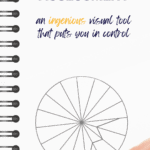
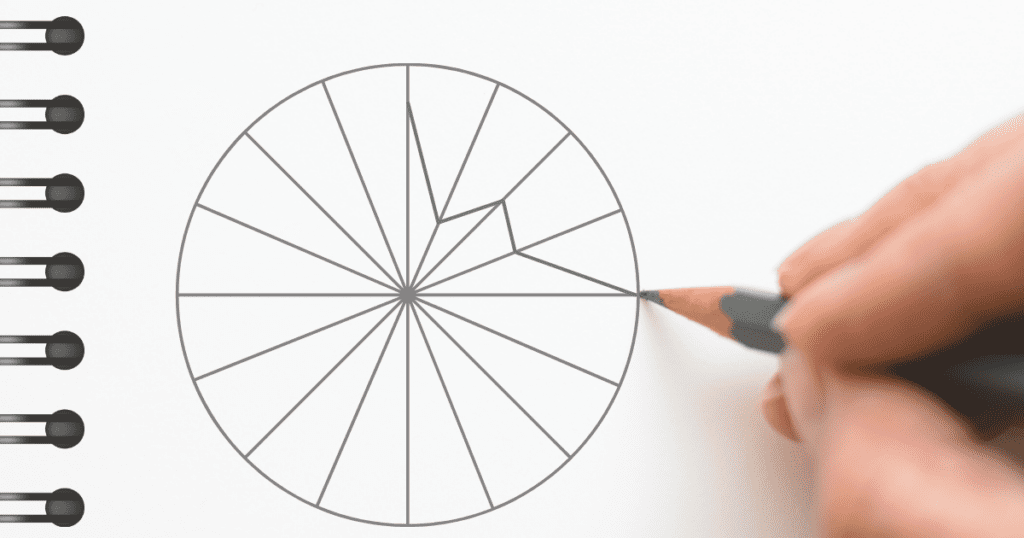


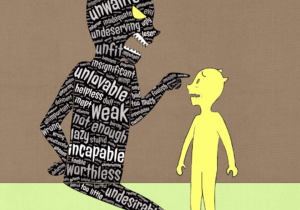
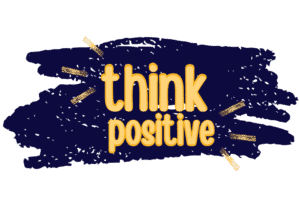

The Wheel of Life is one of my favorite tools to assess am I doing the things that matter most to me. It can be really eye-opening. It helps me keep my priorities in check. Because I can go down rabbit holes that don’t hold as much meaning to me and keeps me from doing what matters most.
I’m so glad you find the wheel meaningful and helpful.